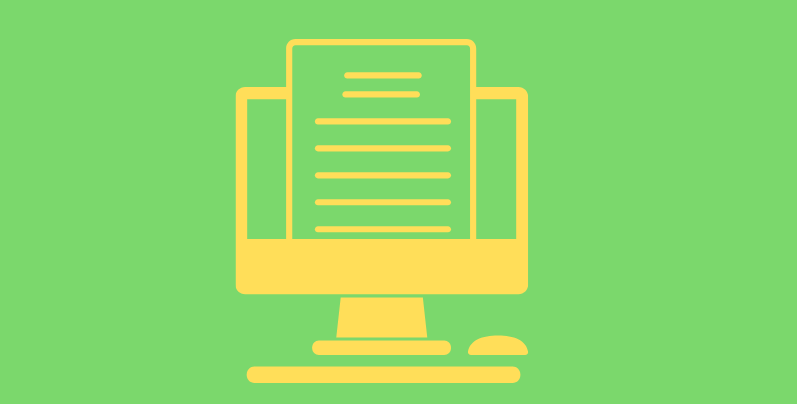Feedback protocols for iterative thinking
Plus connection to essential (content based) and/or transferable (authentic, real-world) skills.
- Using his desire to find a way to support LGBT+ awareness for younger students in a comfortable, honest way, WF developed a series of presentations to give at local schools. As he completed each version, he gained feedback on all aspects of the presentation, including critical thinking, visuals, demeanor, and content from his cohort of peers, other teachers on campus, and an outside advisor who was the head of a local elementary school. The ability to write appropriate business communication, development versions to suit faculty, elementary, middle school, and secondary students, and improve in his own goals of being a better public speaker and writer resulted in demonstrable and essential skills evidence.
- MH, an artist, writer, and coder, designed a project that utilized 3D coding processes into a Text Art digital project. He used a few different feedback clusters to gain critiques on the content of writing, the grammar and style of the writing, and then on the visual representation iterations. With each critique protocol, he employed reflective, metacognitive practices to determine how to inform his next steps in the process.
Personal passions, values, essential skills and critical thinking.
- AZ grew up in Hawaii and learned to surf. Her love of the ocean, and her concern for the environment, which she had seen much about in global media, led her to develop a project with the objective of understanding local beach usage while also doing something to help the problem, all to increase her comfort with science and the scientific method. She conducted a study that considered beach user groups through surveys, the amount of trash in a measured area, and the type of trash. She happily spent hours working on this, the first study of its kind on Oahu, and cleaning up beaches in the process.
- Maria was becoming increasingly concerned about violence against women as part of her interest in feminist issues. She researched local groups working on the issue and found a legal advocacy meeting at the local university. At that meeting she learned about a group called, “No More,” that had a campaign using social media to bring awareness to the issue. Then, she developed and organized a full campaign for the group on her high school campus. In addition to organizing, gaining appropriate permissions, and connecting with the larger organization, Maria designed her own unique hash tags and process for educating the campus on the issue, making it accessible and fun to be part of, thus increasing awareness of a difficult topic. *also an example of executive function practice
Executive function skills
Time management, project management, backwards design & design thinking practice using Project Thinking template:
- KK worked as long as it took for any project that she was doing, which sometimes was exhausting. Through her love for performing arts, and her desire to better organize her time, she decided to produce a play. By setting the objective and with the authentic audience factor, she employed Backwards Design principles to set clear, realistic objectives and deadlines, and a detailed step-by-step plan from script writing to finding a venue, casting, directing, and culminating in a spectacular version of Cinderella with a modern twist.
- Group of young gamers and emerging coders decided to design a video game for two purposes: to work on a short project as a team as a precursor for a bigger drone building project, and also to practice the more basic computer engineering skills. They had to collaborate on the design and development, and the steps to complete the project as well. While they worked on each iteration in the Design Thinking process, they gained formative feedback to get to a quality design. *also strong example of the formative feedback process

